Have you ever wished you could just regrow a body part when you accidentally hurt yourself? While humans don’t have this ability, some incredible creatures in the animal kingdom can regenerate entire body parts. It’s like nature’s version of a do-over, which is both fascinating and a bit enviable. Let’s dive into the world of regeneration and discover some of the incredible species that can pull off this amazing trick. You’ll be amazed by what these creatures can do.
1. Axolotl
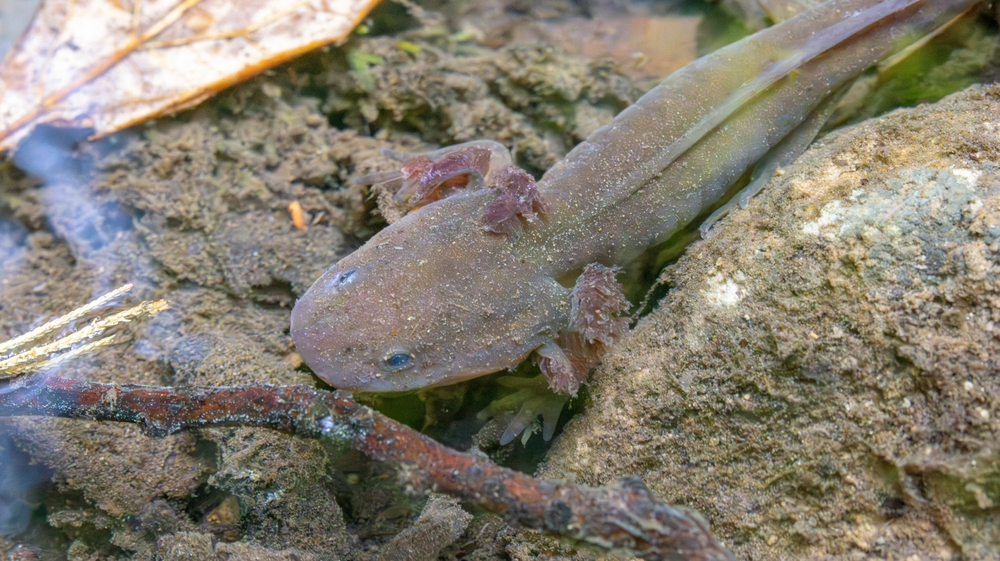
The axolotl is a kind of salamander native to Mexico, and it’s often referred to as the “Mexican walking fish.” This little amphibian is famous for its phenomenal ability to regenerate not just limbs, but also spinal cords, hearts, and parts of its brain. Researchers have been studying the axolotl to understand how it pulls off such feats. According to Dr. Elly Tanaka at the Research Institute of Molecular Pathology in Vienna, the axolotl’s regenerative prowess is partly due to its “blastema” cells, which can transform into various cell types needed for regrowth. Tanaka’s work could potentially unlock solutions for human regenerative medicine.
If you think about it, the axolotl’s talents are almost like having a superpower. Imagine being able to regrow a lost finger or even heal damaged organs. It’s a reminder of how diverse life on Earth is, with each species having unique and sometimes mind-blowing abilities. The axolotl’s regenerative skills are an area of intense research because scientists hope to uncover secrets that might help humans heal better, too. The potential applications are vast, from treating injuries to curing degenerative diseases.
2. Starfish
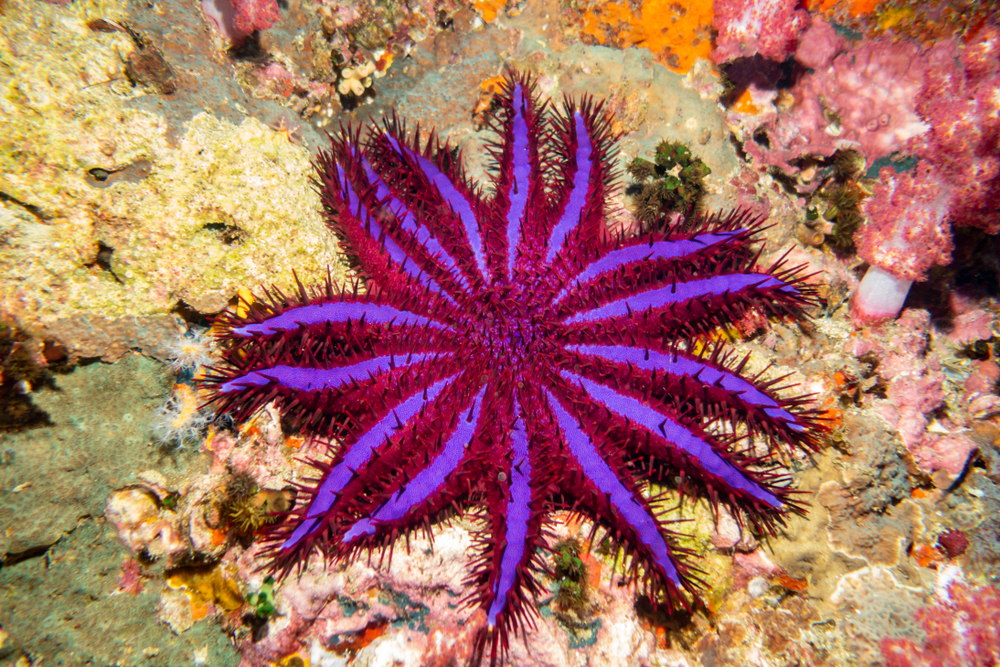
Starfish, or sea stars, are remarkable creatures found in oceans around the world, and they have more tricks up their sleeve than you might think. These echinoderms can regenerate lost arms, but that’s just the beginning. In some species, a single lost arm can grow into a whole new starfish, given the right conditions. This makes them not only masters of self-repair but also capable of a unique form of asexual reproduction. It’s like having a backup plan for survival and population growth.
The process by which starfish regenerate is quite fascinating. When an arm is lost, the starfish forms a mass of cells at the site of the injury, which gradually grows into a new limb. This ability helps the starfish not just recover from predator attacks but also adapt to changing environments. In the ocean, where hazards abound, being able to regrow a part of oneself is a significant advantage. For researchers, starfish regeneration offers insights into cellular growth and differentiation, which could inform medical advancements.
3. Planarian
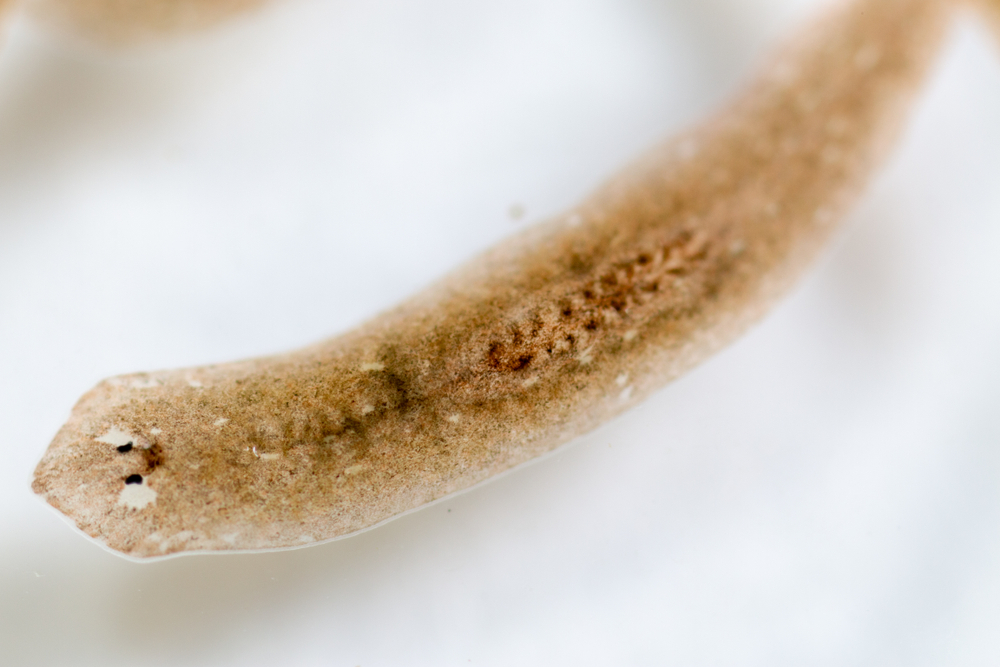
Planarians are simple flatworms found in freshwater environments, and they possess one of the most impressive regenerative capabilities in the animal kingdom. Cut a planarian into pieces, and each piece can grow into a whole new worm. This is because they have adult stem cells called neoblasts, which can develop into any cell type. Alejandro Sánchez Alvarado, a researcher at the Stowers Institute for Medical Research, has been studying planarians to understand the molecular mechanisms behind their regeneration. His findings suggest that these worms might hold the key to activating similar processes in humans.
The planarian’s regeneration is not just incredible, but incredibly fast. Within days, a small piece of a planarian begins to regrow the lost parts, including its head and brain. This rapid recovery is essential for their survival, as it allows them to quickly bounce back from predators or environmental hazards. For scientists, studying planarians could lead to breakthroughs in understanding how to trigger regeneration in more complex organisms like us. The potential for medical applications is enormous, from growing organs to repairing nerve damage.
4. Sea Cucumber

Sea cucumbers are not just squishy ocean dwellers; they have some extraordinary abilities, too. These echinoderms can expel their internal organs as a defense mechanism against predators and then regenerate them over time. It’s a bit like hitting the reset button on their insides. This radical approach to self-preservation keeps potential threats at bay while ensuring the sea cucumber can survive to see another day. You might say they’re the masters of the dramatic escape.
Regeneration in sea cucumbers involves a fascinating process where new cells gradually replace the lost tissues. This ability to regrow internal organs is not just important for their survival but also offers intriguing insights for scientists. It’s a testament to the resilience and adaptability of life in the ocean. For researchers, understanding how sea cucumbers achieve such feats could lead to new ways to promote tissue regeneration in other animals. Their unique biology remains an inspiring model for the possibilities of regeneration.
5. Green Iguana
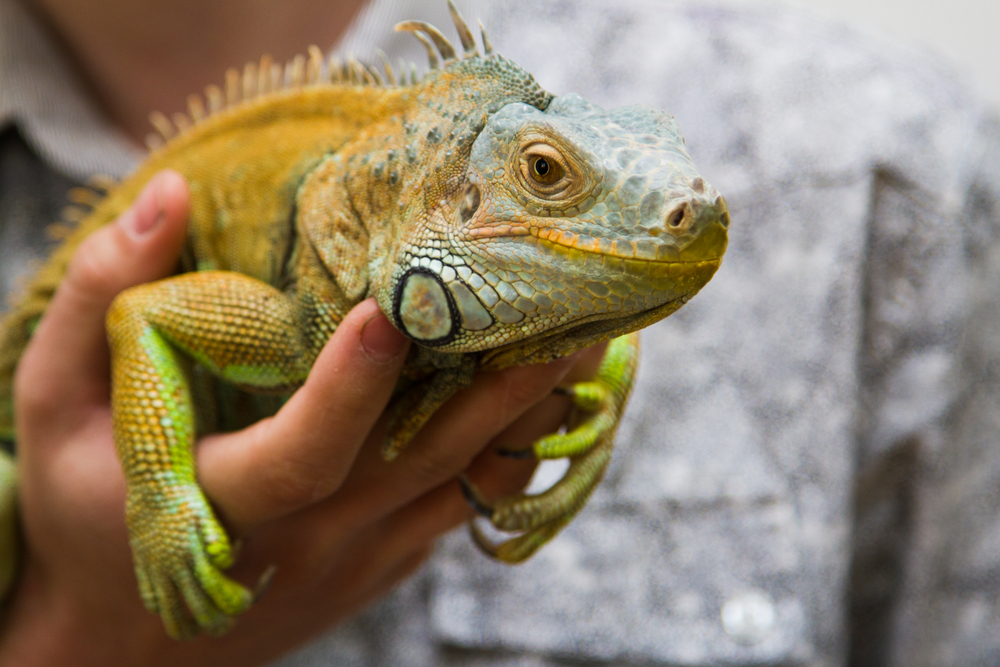
Green iguanas, those vibrant reptiles often seen basking in the sun, have a neat trick up their sleeves—or should we say, tails. When threatened, they can detach their tails to escape predators, a process known as autotomy. Over time, these tails regrow, thanks to specialized cells that form new tissues. Dr. Robert Espinoza from California State University has studied iguanas and notes that while the new tail isn’t identical to the original, it’s functional and serves its purpose in evading danger. The ability to regrow a tail gives iguanas a survival edge in the wild.
The science behind the iguana’s tail regrowth is captivating. After the tail is shed, a complex cascade of cellular events leads to the formation of new muscles, skin, and even vertebrae. This regrowth serves as a clear example of how evolution has equipped certain species with tools for survival. For iguanas, the ability to regrow a tail means they can afford to lose one and live to fight another day. It’s a small price to pay for a big advantage in the predator-rich environments they inhabit.
6. African Spiny Mouse
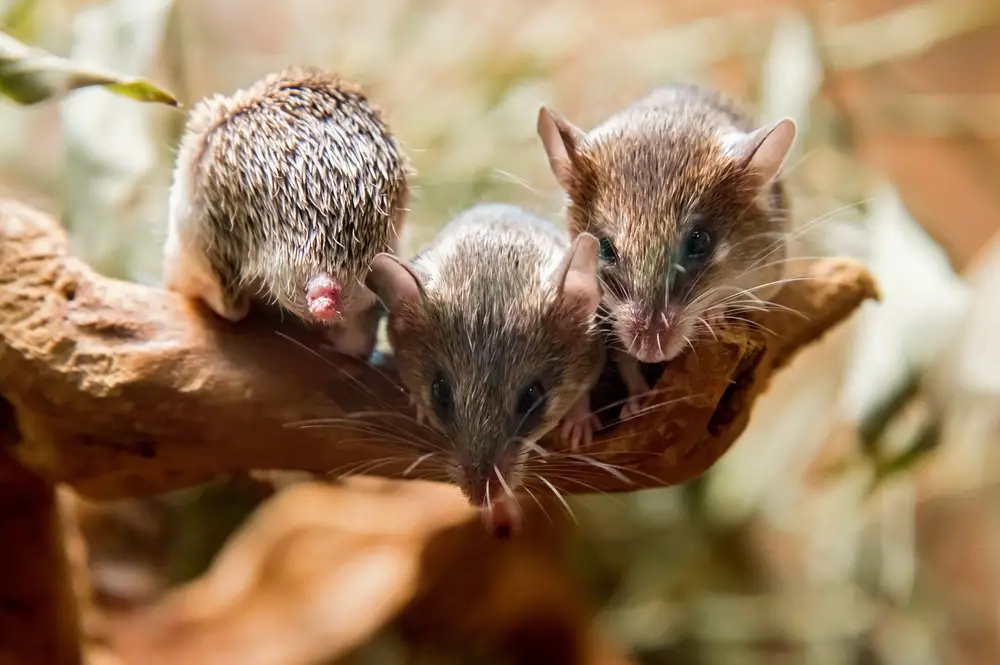
The African spiny mouse looks like an ordinary rodent, but it hides an extraordinary ability to regenerate skin and even parts of its ears. Unlike most mammals, this mouse can heal large skin wounds without scarring, which is quite a feat. Scientists are intrigued by how these mice manage to regenerate tissues so effectively. This ability is believed to be a result of evolutionary pressure to escape predators, allowing these mice to survive attacks that would be fatal to others. It’s like having an internal repair team on standby.
The spiny mouse’s regenerative capabilities extend beyond skin. In some cases, they’ve been observed to regrow ear tissue, which is exceptional among mammals. This regenerative skill is of great interest to the medical community because it could pave the way for advancements in wound healing and scar prevention in humans. By studying these mice, researchers hope to uncover the genetic and molecular pathways that make such regeneration possible. This could lead to breakthroughs in regenerative medicine, making the spiny mouse a tiny but mighty contributor to science.
7. Lizard
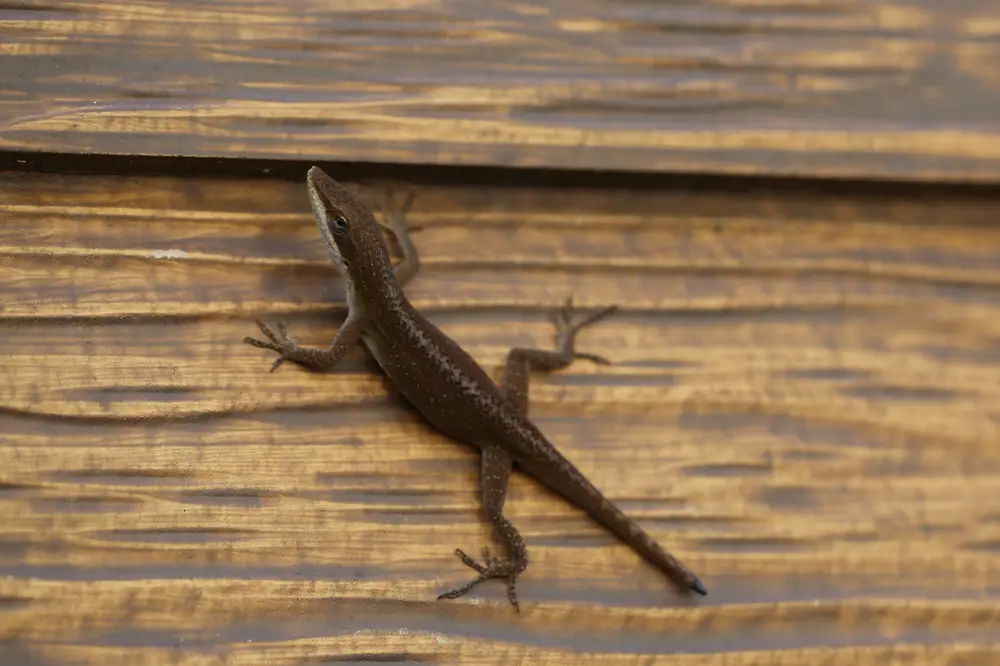
Many lizards, from geckos to anoles, are well-known for their ability to lose and regrow their tails. This skill is a crucial defense mechanism, allowing them to escape when caught by a predator. The regrowth process, known as autotomy, involves a complex tissue regeneration that eventually forms a new tail. According to a study by Dr. Elizabeth Hutchins, the regrown tail isn’t a perfect replica but is still functional for balance and movement. Hutchins’ research highlights the potential evolutionary and developmental similarities between lizard regeneration and future human therapeutic applications.
The newly grown tail is often slightly different in texture and color than the original, but the lizard doesn’t seem to mind. For these reptiles, the ability to regrow a tail is a lifesaver, both literally and figuratively. It provides them a second chance in a world full of predators. This natural wonder inspires scientists to explore regenerative medicine further. By understanding how lizards regenerate their tails, they hope to unlock the secrets of tissue regeneration that could benefit humans in the future.
8. Deer

Deer are fascinating creatures, not just for their grace and beauty but also for their ability to regrow antlers annually. Every year, male deer shed their antlers after the mating season and regrow them in the spring. The process is quite a marvel of nature, involving rapid growth of bone, skin, and blood vessels. It’s like growing a new set of superstructures from scratch each year. This cycle of regeneration is one of the fastest examples of mammalian tissue growth.
Antler regrowth involves a highly coordinated process of cell proliferation and differentiation, which is of great interest to scientists. Understanding how deer manage this feat could lead to advances in bone regeneration and growth in humans. Researchers are particularly interested in the potential applications for treating bone injuries and degenerative diseases. The deer’s ability to regrow antlers serves as a natural blueprint for the possibilities of regeneration in the animal kingdom. It showcases how even large and complex structures can be regrown with precision and efficiency.
9. Earthworm
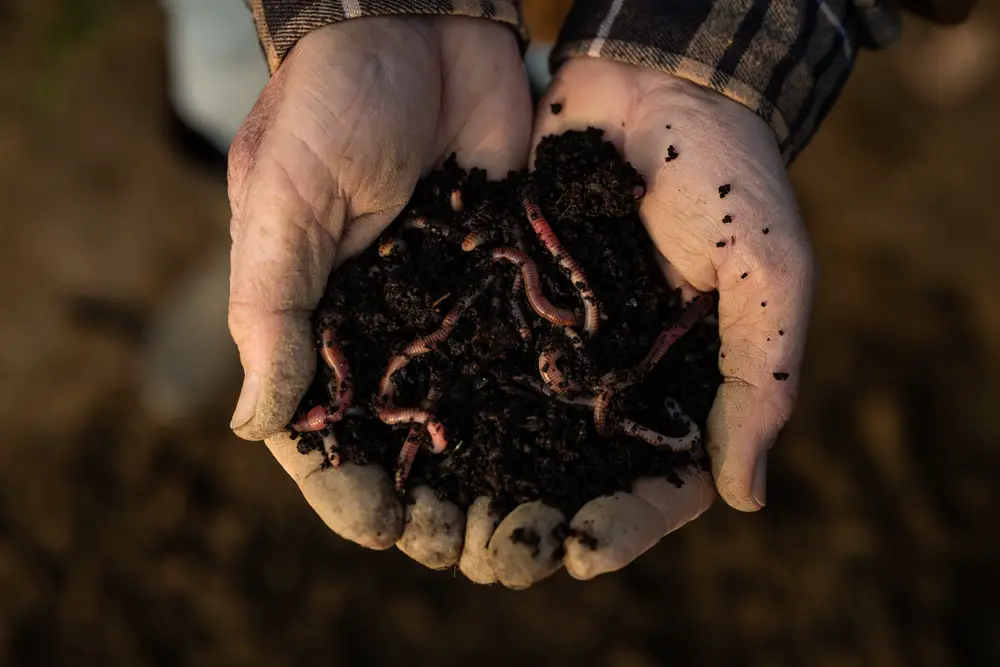
Earthworms are impressive little creatures, especially when it comes to their regenerative abilities. If you accidentally split an earthworm, there’s a good chance it can regrow the missing parts, depending on the location of the cut. This ability to regenerate lost segments helps earthworms survive in the wild, where injuries are common. They play a vital role in the ecosystem, aerating the soil and breaking down organic matter. Their regenerative skills help them maintain this crucial ecological function even after sustaining injuries.
The process of earthworm regeneration involves the formation of new tissues and the reorganization of existing ones. Scientists are keen to learn more about this process because it could have implications for tissue regeneration in other species. By studying the cellular and molecular mechanisms at play in earthworms, researchers hope to uncover new insights into how regeneration can be triggered and controlled. This knowledge could potentially be applied to improve healing and reduce scarring in humans. The humble earthworm, therefore, holds great potential for advancing our understanding of regeneration.
10. Zebrafish
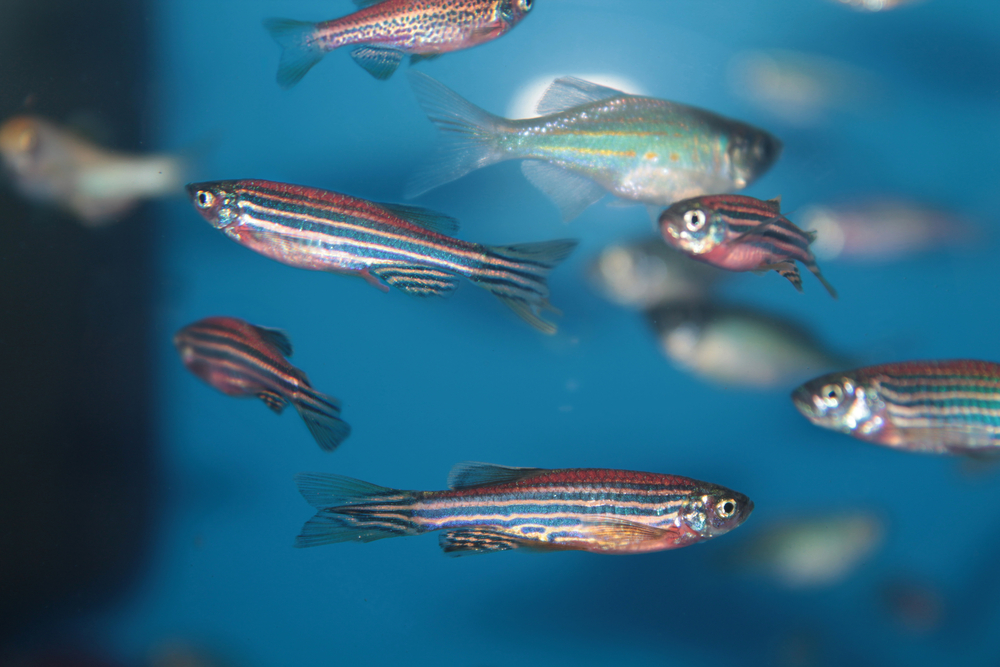
Zebrafish are small, striped fish often found in aquariums, but their regenerative abilities make them special. They can regrow damaged tissues, including heart muscles, spinal cords, and even parts of their brain. This ability makes zebrafish a popular model organism for scientific research on regeneration. Their capacity to heal and regenerate is thought to be linked to specific genes and cellular pathways that scientists are eager to understand. The zebrafish’s regenerative prowess offers insights that could be translated into therapies for human injuries and diseases.
The process by which zebrafish regenerate is fascinating and complex, involving an interplay of stem cells and genetic signals. Scientists have discovered that zebrafish rapidly activate genes associated with regeneration following injury. This activation leads to the formation of new cells that replace damaged tissues. Understanding these processes could one day help develop treatments for heart disease, spinal cord injuries, and other conditions in humans. Zebrafish offer a glimpse into nature’s strategies for healing and regrowth, inspiring hope for future medical breakthroughs.
11. Crayfish
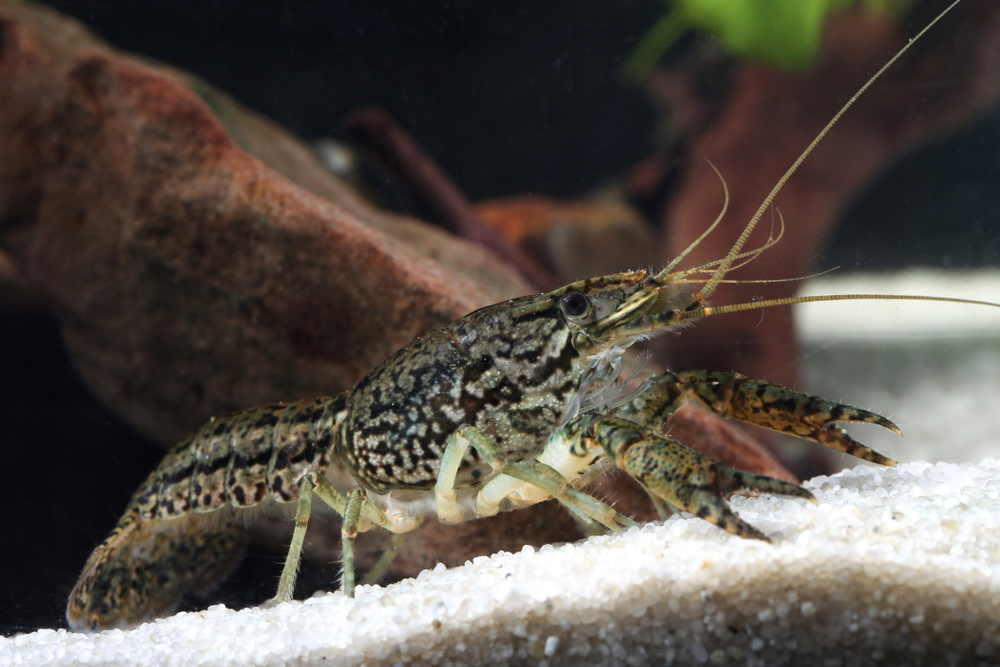
Crayfish, those little crustaceans you find in rivers and streams, have the nifty ability to regenerate lost claws and legs. This skill is crucial for their survival, as it allows them to recover from encounters with predators and continue foraging for food. Regeneration in crayfish involves the growth of a new limb over several molting cycles. Each molt brings the new appendage closer to its original size and functionality. This gradual regrowth ensures that crayfish can maintain mobility and balance in their aquatic environments.
The crayfish’s regenerative process is a testament to the wonders of evolution. It involves a carefully coordinated series of cellular events that lead to the development of new tissues. Scientists are studying crayfish to gain insights into the mechanisms underlying limb regeneration. This research could have implications for regenerative medicine, particularly in understanding how to regrow limbs in other animals. Crayfish remind us that even small and often-overlooked creatures can provide valuable lessons in biology and regeneration.
12. Flatworm
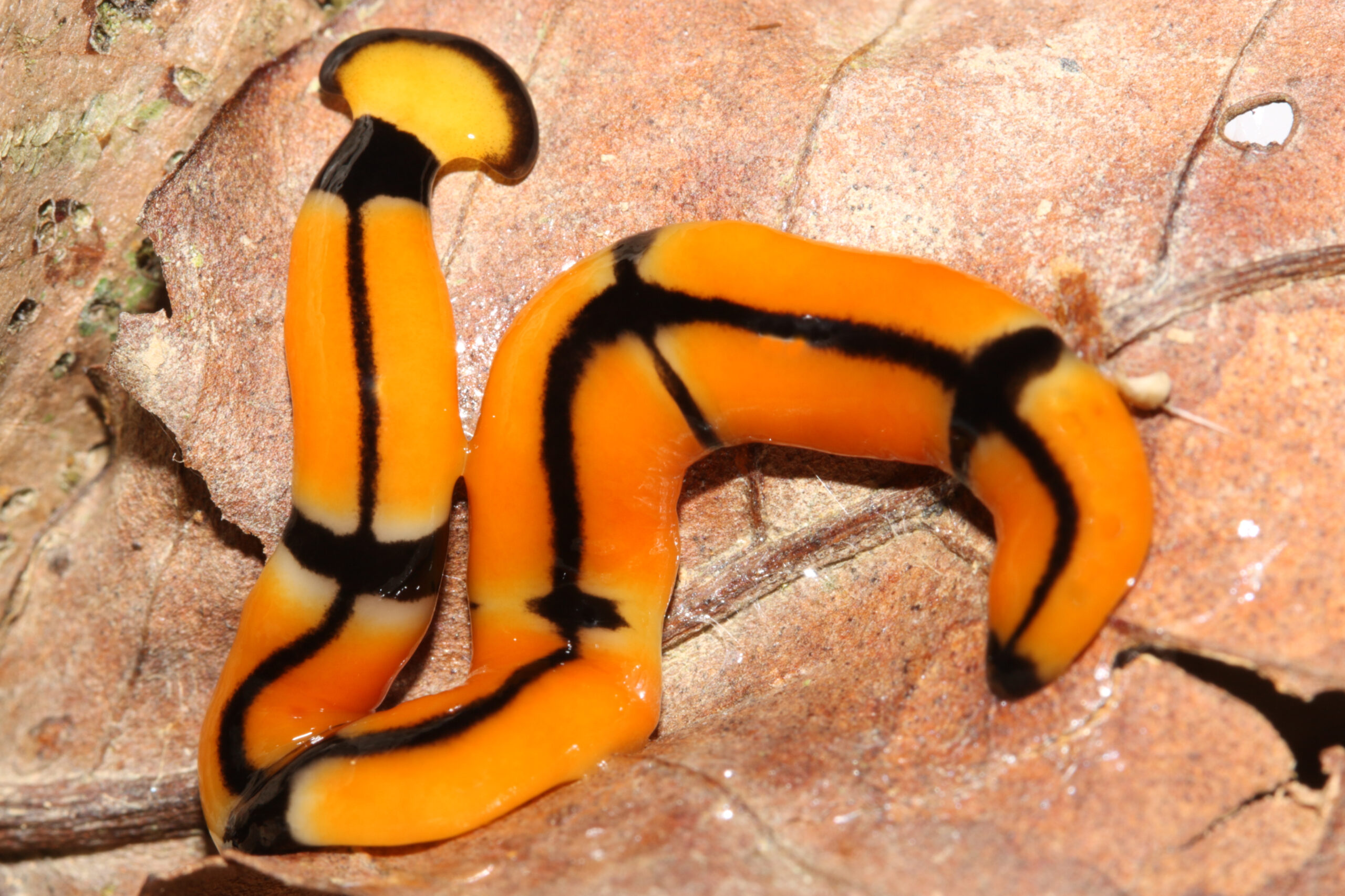
Flatworms, particularly species like the planarian, are renowned for their remarkable regenerative abilities. Cut one into pieces, and each fragment can grow into a complete organism, thanks to its abundant stem cells. These cells, known as neoblasts, have the ability to differentiate into any cell type needed for regrowth. This regenerative prowess makes flatworms a popular subject of study in labs worldwide. Scientists are eager to understand how flatworms achieve such feats and what it could mean for regenerative medicine.
The process of regeneration in flatworms is complex but incredibly efficient. Following injury, a flatworm quickly forms a mass of cells that will differentiate and grow into the missing parts. This ability allows flatworms to recover quickly from injuries, ensuring their survival in the wild. For researchers, flatworms offer a unique opportunity to study the fundamental mechanisms of regeneration. Insights gained from these studies could potentially lead to breakthroughs in medical treatments and therapies aimed at enhancing human healing capabilities.
13. Newt
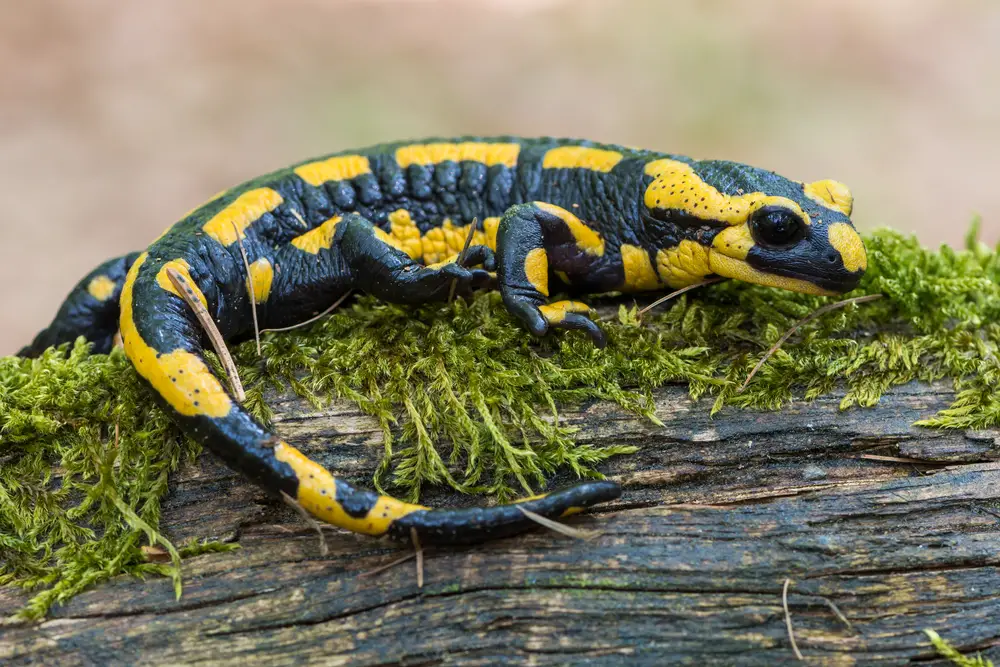
Newts, a type of salamander, are masters of regeneration, capable of regrowing limbs, tails, and even eye lenses. This ability allows them to recover from injuries that would be debilitating for other animals. The process of regeneration in newts is highly coordinated and involves the formation of a blastema, a mass of undifferentiated cells that will develop into the new limb. Researchers are particularly interested in how newts control this process and the genetic factors involved. Insights gained from studying newts could have significant implications for regenerative medicine.
The newt’s ability to regenerate goes beyond simple limb regrowth. They can also repair their heart and parts of their central nervous system, which is rare among vertebrates. This extraordinary capability makes newts a valuable model for studying regeneration in more complex organisms. Scientists hope to uncover the genetic and molecular pathways that enable newts to regenerate so effectively. This knowledge could pave the way for developing treatments for regenerating tissues and organs in humans, offering hope for people with serious injuries or degenerative diseases.
14. Hydra
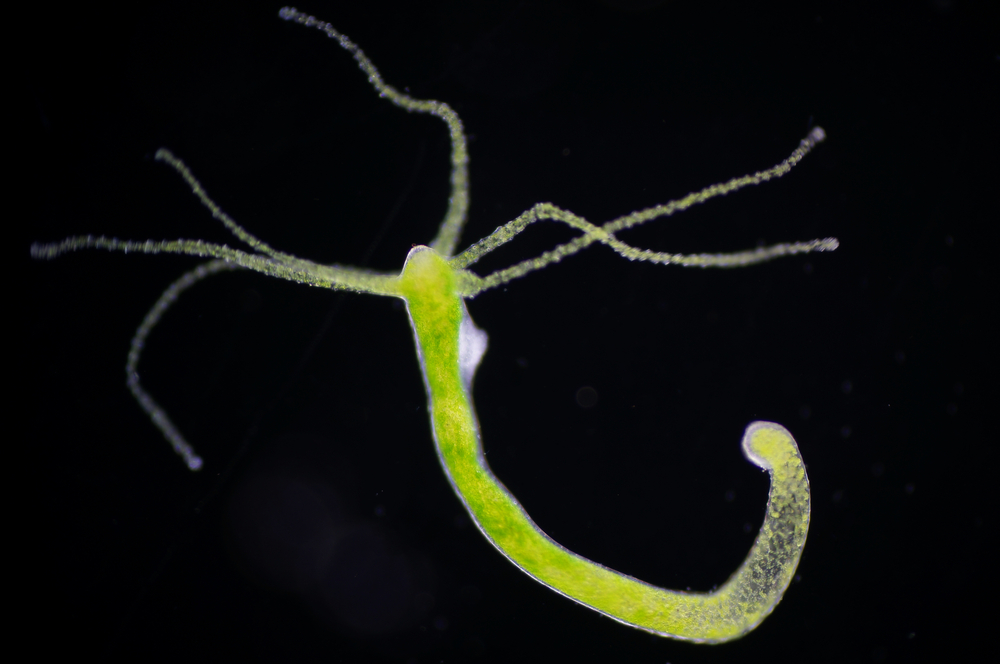
Hydras are small, freshwater organisms that look like tiny tubes with tentacles. They have a unique ability among animals: when cut into pieces, each part can regenerate into a completely new hydra. This regenerative power is due to their stem cells, which can differentiate into any cell type. Researchers are fascinated by hydras because they can theoretically live indefinitely, constantly regenerating lost or damaged parts. This makes them a subject of considerable interest for studying aging and regeneration.
The regeneration process in hydras is rapid and efficient, involving the activation of specific genes and cellular pathways. When a hydra is injured, it quickly forms a structure that will reorganize and develop into the missing parts. This remarkable ability ensures that hydras can survive in their environments despite frequent injuries. For scientists, studying hydras offers insights into the fundamental processes of regeneration and cellular organization. The hope is that understanding these processes could lead to advances in regenerative medicine and the treatment of age-related diseases.
